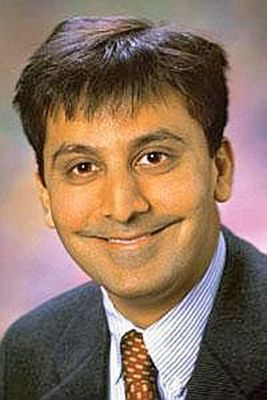 Taher Abbasi
Taher Abbasi
One in three people are diagnosed with cancer at some point in their lifetime, with approximately 1.5 million Indians diagnosed each year. One of the great challenges in cancer is identifying who will be cured by a treatment and who will suffer from relapse.
The cells in the human body have a command centre called the nucleus that directs how the cell acts, when it goes to sleep and when it divides into two cells. In the nucleus, the instructions are written down using DNA letters that serve as the owner’s manual for the cell. The DNA is organised into blocks of code called genes. In cancer, there are misspellings or mutations in important genes that drive the cell to grow out of control and eventually move around the body. Different patients have different misspellings and, hence, do not benefit from the same treatment. Recently, scientists have used DNA sequencing to understand the gene misspellings for a patient.
The average cancer contains hundreds of gene mutations. It is impossible for the human brain to map this high number of gene misspellings and their interactions for considering the impact of thousands of drug combinations. Hence, computers are needed for understanding the cancer genetic information to identify the right treatment.
In a study, conducted by the University of Florida, called 'iCare for Cancer Patients', Dr Christopher R. Cogle, professor of medicine, and his colleagues used computational biology modelling to interpret the hundreds of gene misspellings in cancer patients and predict response to chemotherapy. This study showed why same treatment works differently across patients and how to tailor treatment for patients based on their cancer DNA.
The beginning of the 21st century has seen a flurry of new drug approvals for cancer. The combination of new drugs, genetics and computer interpretation are providing new precision treatment choices.
The writer is COO and cofounder of Cellworks, Bengaluru.





